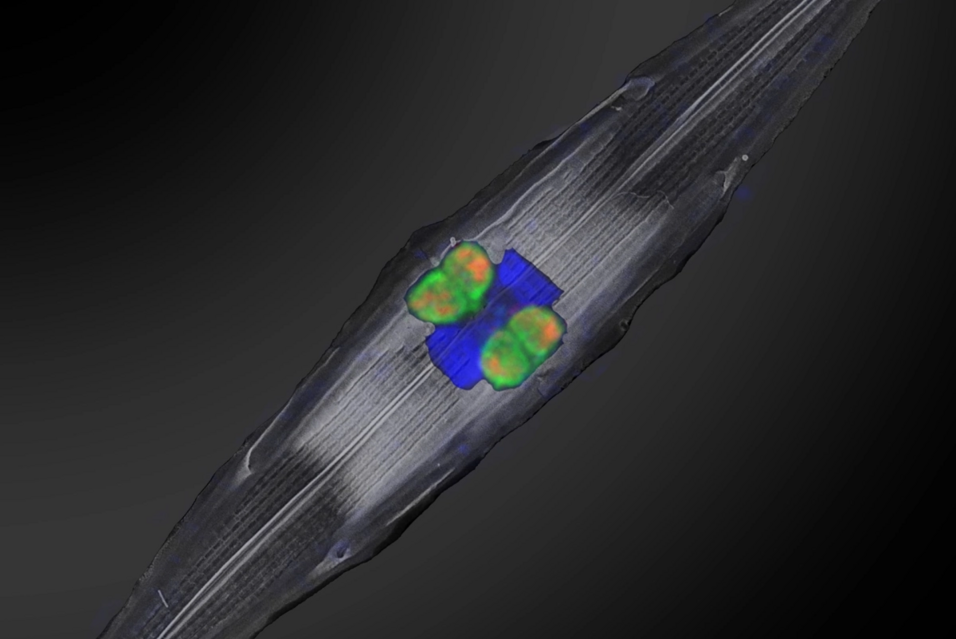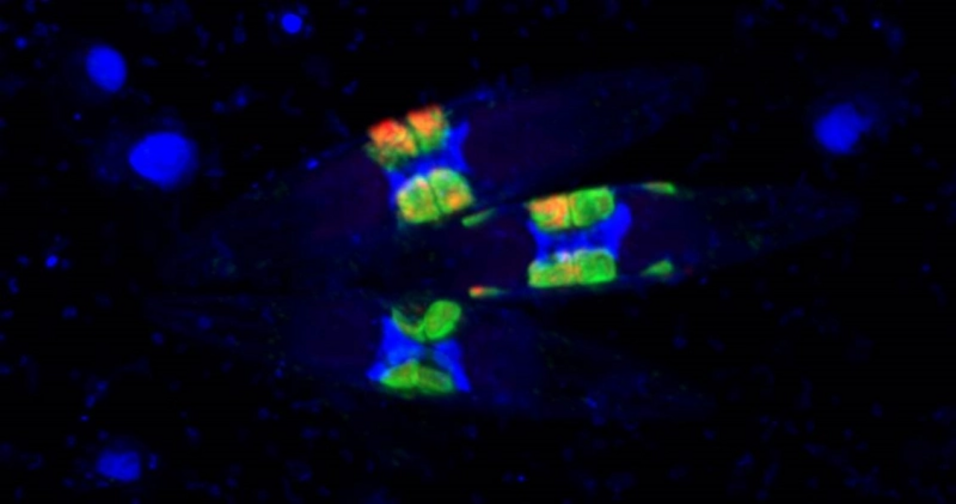Nitrogen is a limiting nutrient in large regions of the global surface ocean, meaning that organisms capable of nitrogen fixation have a major role in driving ocean productivity. Cyanobacteria have long been known to fill this role, but previous studies measuring nitrogen fixation activity had shown they can't account for all the nitrogen fixation in the surface ocean.
Instead, molecular methods had indicated the existence of non-cyanobacterial nitrogen fixing organisms, but their identity remained a mystery for decades. In their new study, the team of scientists shows why it was so hard to find these organisms. It turns out: they were hiding inside another cell!
Both Katharina Kitzinger and Daan Speth got involved in the project while working as postdocs in the biogeochemistry department at the Max Planck Institute for Marine Microbiology. Since joining DOME in 2022, Katharina has continued lending her expertise in imaging and single cell analyses to the project. Daan joined DOME a year later, but continued to support the project with bioinformatics and phylogenetics analyses.


